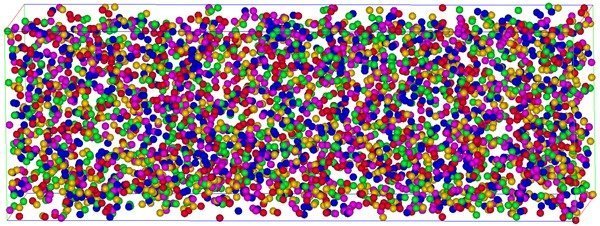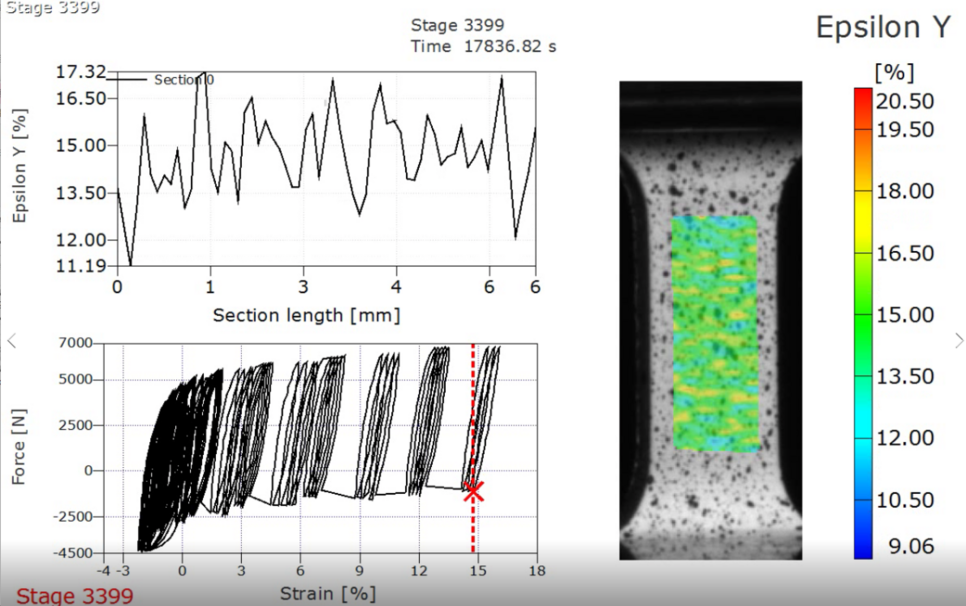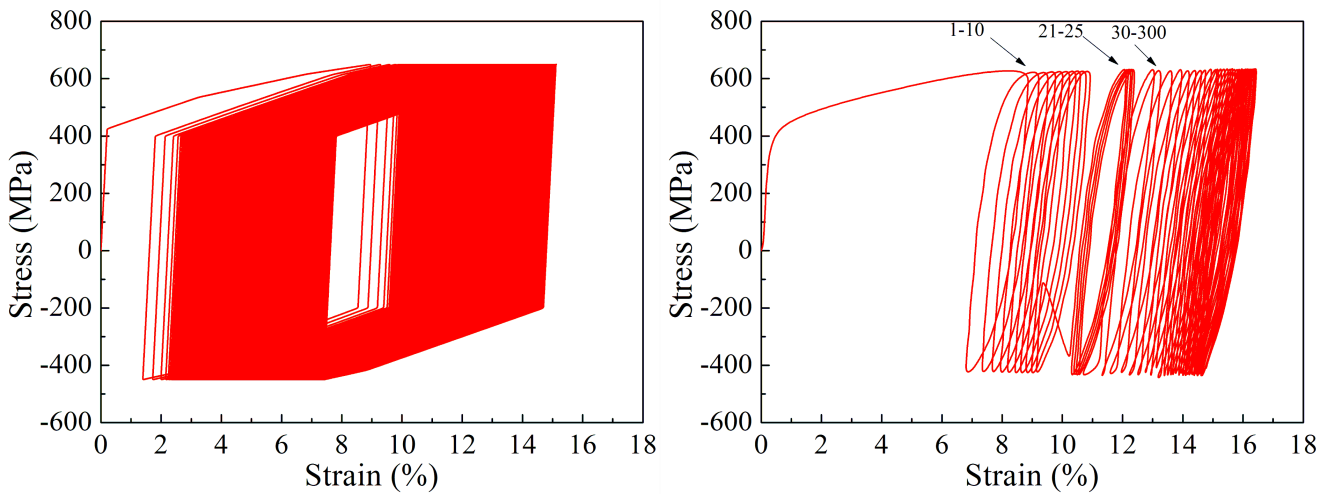
Cyclic plasticity and constitutive modeling of transformation assisted interstitial high-entropy alloys

Figure 1 Macroscopic mechanical behavior of a typical iHEA under cyclic loading.
The macroscopic mechanical behavior of a typical iHEA with a nominal composition of Fe49.5Mn30Co10Cr10C0.5 (at. %) was examined under cyclic loading by using a MTS 809 axial/torsional testing system, and the local strain distribution upon deformation was determined by digital image correlation (DIC) method using Aramis system (GOM GmbH). Two different loading sequences, i.e., step-by-step increasing stress amplitude while keeping non-zero mean stress and step-by-step increasing mean stress while keeping stress amplitude, were employed during the cyclic loading of the iHEA samples.
We aim to establish a constitutive model to predict the cyclic plastic behavior of HEAs with multiple deformation mechanisms. Currently, a phenomenological cyclic plasticity model, in which kinematic hardening is described by Ohno-Wang-Armstrong-Frederick law, has been initiated to predict the ratchetting behavior by considering the effects of stress amplitude and mean stress.

Figure 2 Comparison between cyclic stress-strain curves obtained from phenomenological cyclic plasticity model (left) and experiment (right) for a typical iHEA under a stress amplitude of 550 MPa and a mean stress of 100 MPa.

